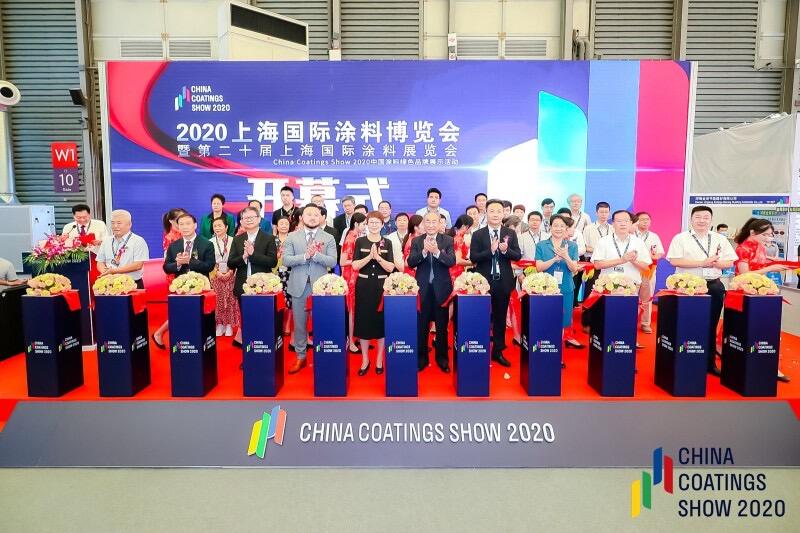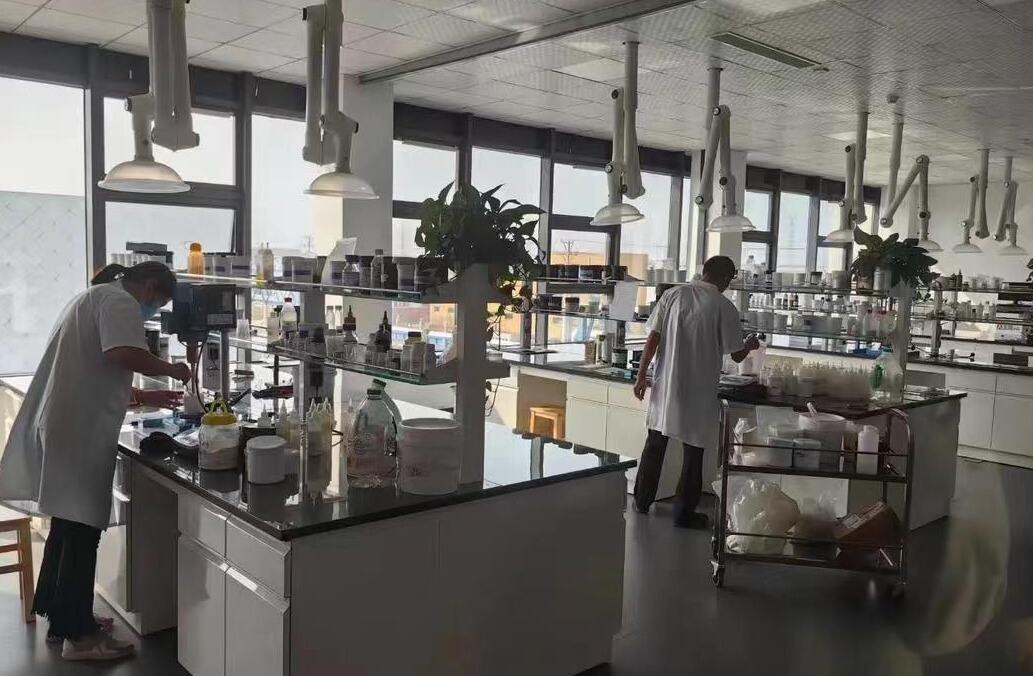Feb 05,2025
1. Current Research Status of Metal Coatings
Thermal spray metal coatings are among the earliest studied and applied wear-resistant coatings. Commonly used materials include metals (Mo, Ni), carbon steel, low-alloy steel, stainless steel, and Ni-Cr alloy series coatings. Techniques such as flame spraying, arc spraying, plasma spraying, HVOF (High-Velocity Oxygen Fuel), and detonation spraying are generally employed. These coatings exhibit high bonding strength with the substrate, along with excellent wear and corrosion resistance, making them suitable for repairing worn parts and machining oversized components.
When using plasma spraying technology with aluminum-based alloys to coat piston rings, synchronizer rings, and cylinders, the coatings demonstrate good wear resistance, high bonding strength, and excellent anti-adhesive wear properties. Under lubricated conditions, they also exhibit good anti-seizure and anti-scuffing performance. High-carbon steel wires and stainless steel (Cr13 type, 18-8 type, etc.) alloy wires are commonly used as wear- and corrosion-resistant spraying materials. These materials are characterized by high strength, good wear resistance, wide availability, and low cost. NiCr coatings offer good heat resistance, corrosion resistance, and erosion wear resistance, making them suitable as protective coatings for superheater and reheater tubes in power plant boilers. Flame and plasma spraying methods can be used to prepare NiCr metal wear-resistant coatings with different microstructures, although these coatings tend to have higher porosity and oxide content.
2. Current Research Status of Ceramic Coatings
Thermal spray ceramic powders include oxides, carbides, borides, nitrides, and silicides, which are crystalline or amorphous compounds composed of metallic and non-metallic elements. Ceramic coatings are known for their high melting points, high hardness, and excellent wear resistance, corrosion resistance, and high-temperature stability. However, the process of spraying ceramic coatings is complex and costly, and the coatings are prone to surface cracks and have inferior thermal fatigue resistance compared to metal coatings. Additionally, ceramic coatings have poor toughness and are unsuitable for applications involving significant impact loads. Commonly used ceramic coatings include Al2O3, TiO2, Cr2O3, ZrO2, WC, TiC, Cr3C2, and TiB2, typically prepared using plasma spraying, flame spraying, HVOF, and detonation spraying techniques.
Ren Jingri et al. studied the sliding friction and wear characteristics of plasma-sprayed Al2O3-40%TiO2 and Cr2O3 ceramic powder coatings. They found that Cr2O3 coatings exhibit higher wear resistance than Al2O3-40%TiO2 coatings. The wear mechanism of Cr2O3 coatings is primarily abrasive wear, with brittle fracture characteristics under higher loads. In contrast, the wear mechanism of Al2O3-40%TiO2 coatings is mainly plastic deformation and delamination. Chen Chuanzhong et al. studied Al2O3-TiO2-NiCrAlY composite ceramic coatings, noting that the melting of TiO2 and Al2O3 forms a certain degree of mutual solubility, reducing the porosity of the coating and further enhancing its strength, toughness, and wear resistance.
Other studies have investigated the sliding friction and wear characteristics of plasma-sprayed multilayer metal and ceramic coatings. The spraying sequence involves first applying a NiCr bond coat on the substrate, followed by transition layers with varying proportions of NiCr-Cr2O3, and finally a 100% Cr2O3 surface layer. It was found that an appropriate ratio of metal to ceramic in the transition layer can improve the wear resistance of the coating. The main wear mechanisms include brittle fracture, abrasive wear, adhesion, and oxidative wear.
3. Current Research Status of Metal-Ceramic Coatings
Metals and ceramics each have unique advantages and distinct performance weaknesses. Combining the advantageous properties of both materials has been a long-standing research direction in materials science and engineering. Metal-ceramic composite coating technology, which involves uniformly distributing ceramic particles of appropriate shape and size within a plastic matrix, successfully combines the strength and toughness of metals with the high-temperature resistance, wear resistance, and corrosion resistance of ceramics. This significantly broadens the application range of both metal and ceramic materials, with successful applications in aerospace, chemical, mechanical, and power industries. The most widely used metal-ceramic coatings in industry are Cr3C2-NiCr and WC-Co, typically prepared using HVOF, plasma, and detonation spraying techniques.
Cr3C2-NiCr metal-ceramic coatings consist of a refractory chromium carbide hard phase and a ductile nickel-chromium alloy phase. They exhibit high high-temperature hardness, excellent high-temperature wear resistance, corrosion resistance, oxidation resistance, and high bonding strength. These coatings are widely used in components operating under high-temperature (530–900°C) abrasive wear, corrosive wear, and erosive wear conditions, such as furnace rolls in continuous annealing lines, core rolls in steel mill continuous production lines, and cylinder piston rings and liners. TiB2-based metal-ceramic coatings, with their high melting point, high hardness, good electrical and magnetic properties, and high corrosion resistance, are a potential alternative to Cr3C2 for high-temperature, wear-resistant applications. They offer higher wear resistance than Al2O3, Cr3C2-NiCr, and WC-Co.
WC-based metal-ceramic coatings are commonly used in abrasive and erosive wear conditions below 450°C. Xu Xiangyang et al. studied the fretting wear mechanism of plasma-sprayed WC/18Co coatings. The results showed that the initial stage of fretting wear is dominated by adhesive wear, with the coating's high hardness and strong anti-adhesion properties resulting in minimal wear. In the stable stage, fatigue delamination and brittle cracking spalling become the main wear mechanisms, with the coating's brittleness and low inter-particle bonding strength leading to increased wear. Oxide inclusions within the coating are the primary cause of insufficient fretting wear resistance.
4. Current Research Status of Amorphous Coatings
Amorphous materials are characterized by long-range disorder and short-range order. They often exhibit superior physical and chemical properties compared to their crystalline counterparts, including high strength, toughness, hardness, corrosion resistance, and soft magnetic properties, making them a promising new class of metallic materials. Thermal spray amorphous alloy coatings have recently emerged as a new research area in materials science. Thermal spraying techniques, as one of the methods for preparing large-area amorphous coatings, have begun to attract widespread attention. Common methods include plasma spraying, HVOF, and detonation spraying.
Xiang Xinghua et al. used plasma spraying to prepare Fe-based amorphous alloy coatings (containing Si, B, Cr, Ni, etc.). The coatings exhibited uniform microstructure, high density, low porosity, minimal oxide content, and high hardness, with microhardness ranging from 530 to 790 HV0.1. The coatings also showed good bonding with the substrate.
Other studies have investigated the microstructure and wear resistance of detonation-sprayed Fe-Cr-B alloy coatings. The results indicated that the coatings have excellent wear and corrosion resistance. During sliding wear, a dynamically generated amorphous surface film significantly improved the wear resistance and reduced the friction coefficient.
In summary, the use of HVOF, plasma spraying, arc spraying, and detonation spraying to apply metal, ceramic, metal-ceramic, and amorphous wear-resistant coatings can effectively enhance the wear resistance of substrate materials. In-depth research into the wear mechanisms of thermal spray coatings and the influence of coating microstructure on wear characteristics provides a theoretical basis for improving coating structures, optimizing spraying processes, and developing new wear-resistant coatings.

